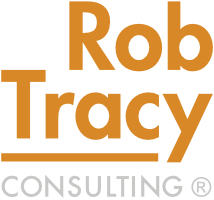I’ve covered the steps detailing a company’s talent brand status and determining a plan of action for a talent pipeline. Now it’s time to move on to the next crucial step in the Talent System Series: the screening and hiring process.
Screening and hiring are challenging. It’s a process to accomplish two things that are seemingly at odds with each other. On one hand, the screening process requires time and energy to improve the odds that a potential candidate will be successful. This includes thorough interviews at multiple levels that assess the candidate’s skills, aptitude, values match, work history, references, background check and also includes a drug screening. On the other hand, the process needs to leave a positive impression on the candidate.
The screening and hiring process will be the first time that the candidate has interacted with the company, and the candidate is likely to assume the way he or she is treated during the screening and hiring process is a glimpse into the way they’ll be treated as an employee.
The Screening & Hiring Process for Today’s Workforce
Today’s workforce is less patient when waiting for responses. They expect the hiring process to be quick, decisive and user-friendly. If a company’s process is cumbersome, slow and bureaucratic, you will lose good candidates. Yet if it is streamlined too much and critical filters are removed, the company is at risk of hiring candidates who are unsuitable.
In a perfect world, this process would be fast, friendly and thorough. Reality is different—it involves trade-offs. For example, the more interviews that are required to vet a candidate, the harder they will be to schedule and the longer they will take. This time delay, and the candidate’s time investment along with it, will not be viewed favorably.
There are no silver bullets or simple solutions. As long as the current situation remains where the recruit holds the power and their expectations of rapid responses correlate to their feelings, employers will be pressed to find solutions that will ensure the best candidates.
Don’t worry—there’s good news, too. Little adjustments can make a big difference.
One of my clients specializes in metal fabrication. They were struggling to fill all of their welding openings. With one adjustment to their screening process, they committed to doing same-day interviews of candidates. Within weeks, all of the openings were filled.
After you’ve tailored your screening and hiring process to maximize efficiency, you’ll need to ensure your new employees have a smooth transition into your workforce—check back here for my next post about onboarding.
Feeling like your current screening and hiring process leaves much to be desired?
